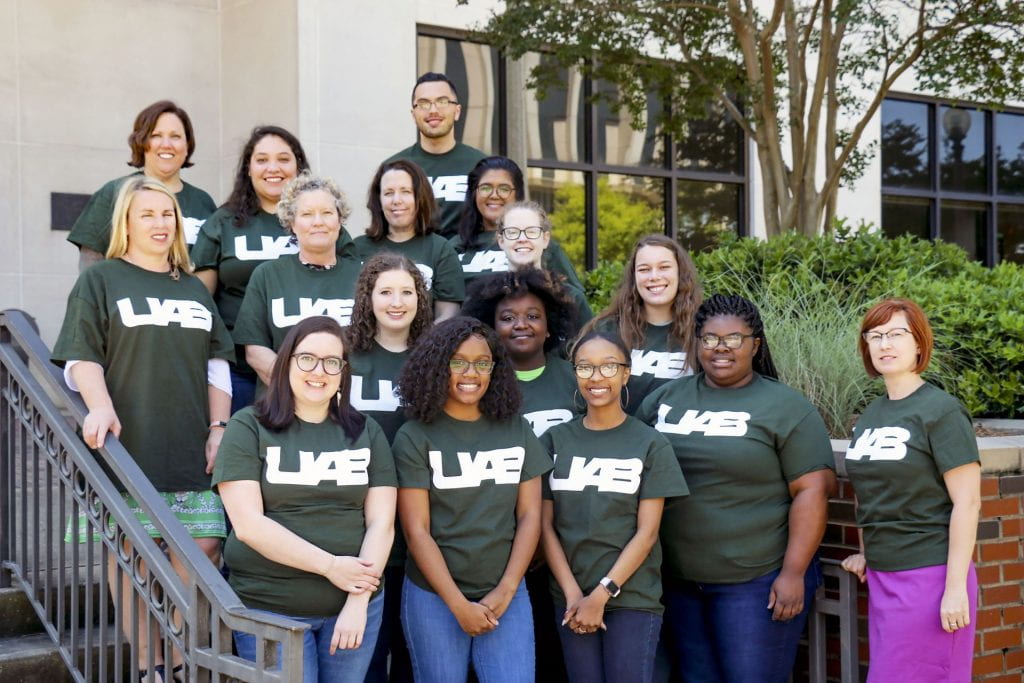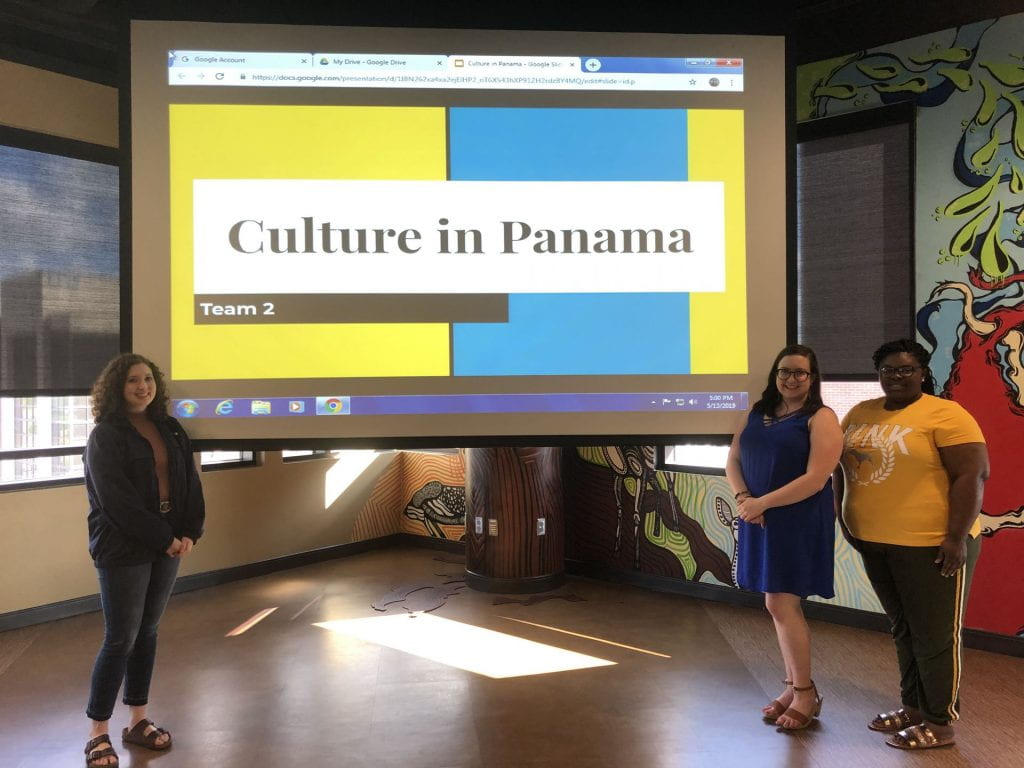
Thirteen students are traveling from Birmingham to Panama City, Panama for an opportunity to learn about both historical and contemporary public health issues, their effects on population health, and how public health systems are working to solve the health issues affecting communities in Panama today. The trip is led by Lisa McCormick, DrPH, Associate Dean for Public Health Practice and Associate Professor of environmental health science in the School of Public Health and Ms. Meena Nabavi, MPH, program manager for the Office of Public Health Practice.
This course will be based from Panama’s “City of Knowledge.” Students will tour historically and culturally significant sites and visit urban and rural communities and community-based organizations that are working to provide public health services. In addition, students will attend featured presentations around both contemporary and historical public health issues in Panama, as well as visit public health and healthcare agencies to learn about their structure, programs, service delivery models, and approaches to addressing issues of public health. The sum of this experience will illustrate the interdisciplinary nature of public health practice and the need to add attention to the social determinants of health – the conditions in the social, physical, cultural, and economic environment in which people are born, live, work, and age – in order to advance health equity.
Students will have the opportunity to shadow a local environmentalist and participate in community vector prevention activities, as well as work with students from the University of Panama to conduct a community health assessment in the city of Chitré, Panama. While in Chitré, students will also visit the Hipolito Perez Tello School and will work with kindergartners and 4th graders to educate them on the importance of personal hygiene and vector control.
There will also be meetings with public health leaders in Panama to discuss the spike in HIV infections in the country, as well as discussions around women’s health, refugee health, and environmental and economic impacts of the Panama Canal.
Getting Ready
Before the students departed for Panama, they had an opportunity to meet with several public health practitioners in Birmingham to learn about local public health initiatives. This will allow them to compare issues and programs in the United States and Panama.
First, the students met with Kachina Kudroff, the Prevention Program Manager for the 1917 HIV Outpatient Clinic for an overview about HIV in the United States, specifically Birmingham and Alabama. Kachina shared challenges and barriers to accessing treatment, as well as talked about the 90-90-90 goal which aims to diagnose 90% of all HIV-positive persons, provide antiretroviral therapy (ART) for 90% of those diagnosed, and achieve viral suppression for 90% of those treated by 2020.
Following the visit one of our explorers, Tim McWilliams, MD/MPH student, shared: “The 1917 Clinic really struck home with me and reinforced to me just how unique the HIV treatment process has to be. The entire experience at the 1917 Clinic was incredibly eye opening and showed me that even in the heart of UAB there is still so much left to improve on in HIV treatment, a daunting realization and an interesting framework to consider when visiting HIV treatment facilities in Panama.”

Students also had the opportunity to meet with Jonathon Stanton, the Director of Environmental Health at the Jefferson County Department of Health to learn about what a public health environmentalist does in the US public health system, including food safety, water, and pollution prevention and monitoring.

Madison Turner, a junior majoring in Biology said, “I had no idea that most of what goes into the storm drains goes straight to our waterways or that plastic bags are clogging drains, which leads to bacteria blooms. This can introduce infectious agents, like cholera, into water systems. He really got me thinking about how public health crises can be prevented by addressing environmental issues.”
Finally, the students met with Tim Pennycuff, Associate Professor and University Archivist at UAB to learn about UAB’s and Alabama’s connection to Panama. Mr. Pennycuff shared images and stories about Dr. William C. Gorgas, a physician from Alabama, who is best known for his work in Panama in quailing the yellow fever and malaria epidemic during the construction of the Panama Canal.
Katie Greene, MPH Health Behavior student, shared “I thought it incredibly fascinating to see how the role of Alabama physicians and other personnel from the American South helped create a safer, healthier environment for Panama. When I look at what I know of Panama today– especially Panama City– I have to think their economic success would not have been possible without laying some public health infrastructure first and lessening the impact of yellow fever and malaria. I also never appreciated until I began to travel, how seeing other societies can help provide a better lens on our life in America, and this is evident by the work the men who worked on disease eradication in Panama did back in the US when they returned home. As a student, this is so encouraging, that my practice and observations in one place might inevitably come in handy in another place and time later in life.”

Before departure, student groups presented to the class on the following topics: History of Panama, Culture of Panama, Panama’s Health System, and Health Status Indicators of Panamanians. These presentations allowed students to achieve a basic knowledge and understanding of Panama’s challenges, successes, and areas for improvement before they arrive.

The students will leave Birmingham on May 15th and return on May 26th and will be blogging every day! Make sure you bookmark the blog and follow the adventures daily!
– Lisa McCormick and Meena Nabavi
